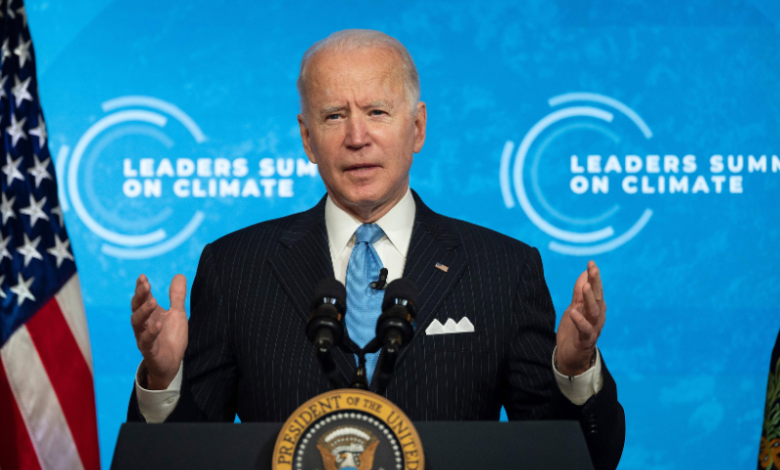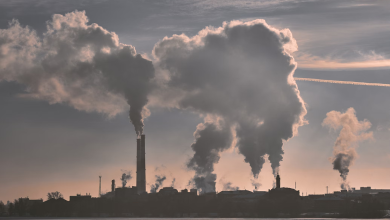Biden Administration Empowers Local Leaders to Sustain Climate Action

The Biden administration set bold new objectives to reduce US greenhouse gas emissions under the Paris climate deal, asking states and local governments to keep the path despite President-elect Donald Trump’s pledges to deliberately ignore climate change.
The approximately 200 countries that have signed the Paris agreement have until February to revise their national climate plans. Biden’s team chose to release its own plan before Trump takes office by establishing a new target today of reducing net emissions by 61-66 percent by 2035 compared to the 2005 baseline.
It also establishes a particular objective for reducing methane emissions by at least 35% by the same date. Methane which comes from cattle, landfills and leaky oil and gas infrastructure is a greenhouse gas that is stronger than carbon dioxide.
Trump has labeled climate change a “hoax” and pledged to withdraw from the Paris agreement. So Biden’s last effort to keep the US on pace to fulfill global climate objectives is more symbolic by appearing to motivate a grassroots movement.
“Across the country, we see decarbonization efforts to reduce our emissions in many ways achieving escape velocity, an inexorable path, a place from which we will not turn back,” White House national climate adviser Ali Zaidi said.
The fact that onshore wind farms and new solar power are now more affordable than coal or gas is beneficial. About 95% of the new electricity sources that are waiting to be added to US power systems are carbon free primarily from solar, wind and battery power. Additionally, hundreds of billions of dollars in clean energy investment have been approved under the Bipartisan Infrastructure Law and the Inflation Reduction Act. By the end of the decade, the US is expected to cut its greenhouse gas emissions by about 40% from 2005 levels thanks to current measures.
Although that represents a significant decrease in pollution, it falls short of the original target Biden established when he took office. The US re-entered the Paris agreement which Trump had previously pulled out of shortly after Biden took office in 2021 with the goal of cutting emissions by 50-52 percent by 2030. That is consistent with the worldwide pollution reductions required to achieve the Paris Agreement’s most aggressive goal which is to prevent the average global temperature from increasing by 1.5 degrees Celsius over pre-industrial levels.
Nevertheless, throughout his first term in office, Trump did not totally destroy US climate action. Following Trump’s intention to withdraw the United States from the Paris Agreement, local leaders formed a coalition called We Are Still In and states and cities developed their own climate strategies. The US nonetheless outperformed the Obama administration’s climate target of reducing emissions by 17% by 2020 mostly due to their efforts. There is much more work to be done to keep up this time around because Biden set higher standards with his climate ambitions. According to a September research from the University of Maryland even in the absence of federal assistance local efforts can cut US greenhouse gas pollution by 48-60 percent by 2035.



